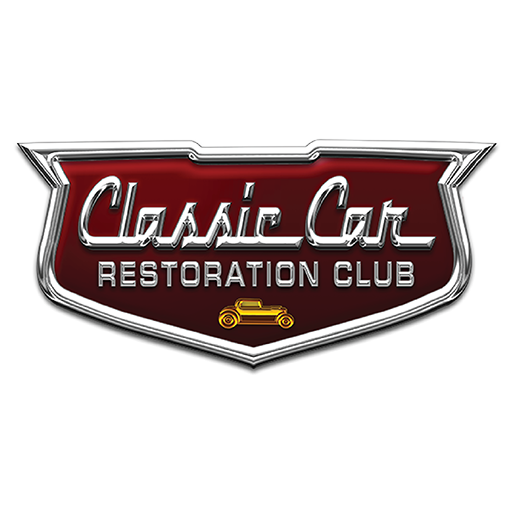
Block Sanding
Classic Car Restoration Club EditorsAttend almost any car show and you’ll notice a few cars that stand out from the rest, for their laser straight bodies and glass like paint. Much of that smooth body and paint starts with taking the time to do the paint preparation “Right”. Beyond new panels and dent repair the finesses work begins with block sanding the primer, as it is a critical step in the restoration or refinishing process of a classic car. It's a method used to achieve a smooth and level surface before applying paint. Matt Roehrick of MCA Customs in Faribault, MN explains the benefits and the process involved in creating a show car finish.
Roehrick explains, block sanding primer helps to prepare the surface of the car for painting by removing imperfections such as dents, scratches, and surface irregularities. This ensures a flawless finish and enhances the overall appearance of the vehicle. Primer often has a textured or uneven surface due to spraying techniques or the condition of the substrate. Block sanding helps to level this surface, creating a smooth canvas for the paint to adhere to evenly. The process also helps you discover areas that may need additional attention either in metal straightening or glazing fillers.
Using a guide coat of either a slightly different shade of primer, or an applied spray or powder guide coat material aids in quickly identifying high and low spots on the panel being sanded. Once identified steps can be taken to further straighten the panel. Matt further explains how creating a smooth and uniform surface, promotes better adhesion of the paint. This helps to prevent issues such as peeling or flaking of the paint over time. A properly block-sanded surface results in a professional-looking paint finish with a high level of gloss and uniformity. It eliminates imperfections that may otherwise be visible through the paint.
